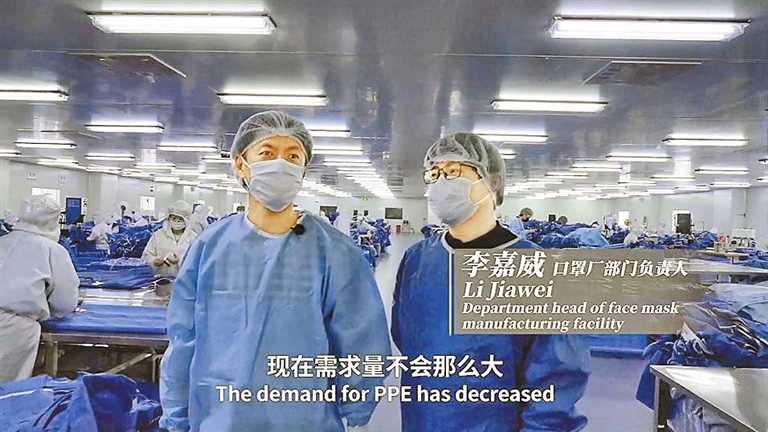
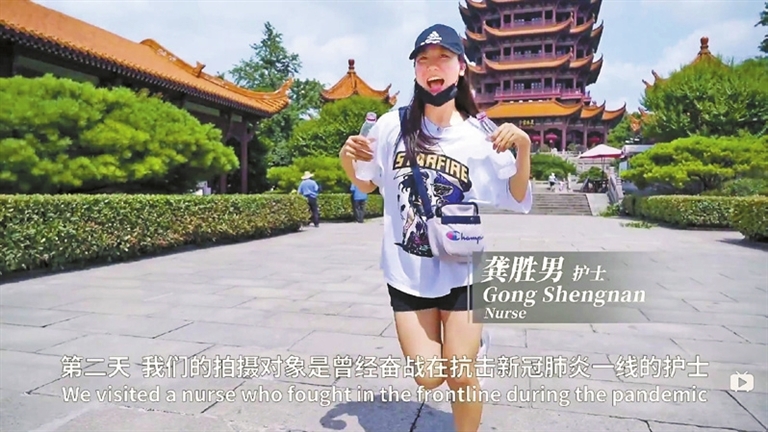
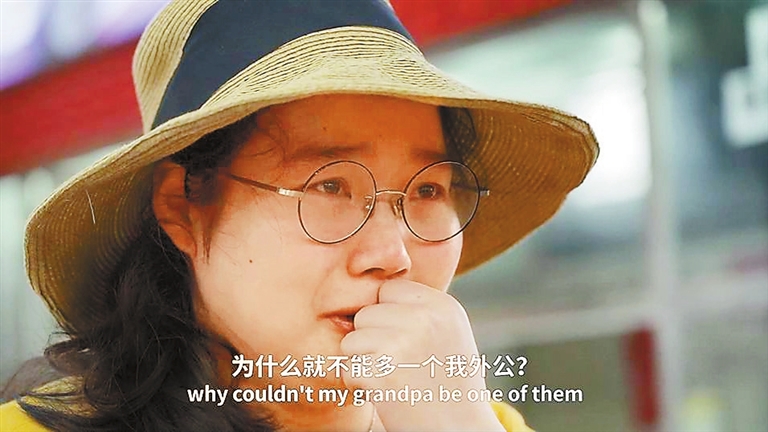
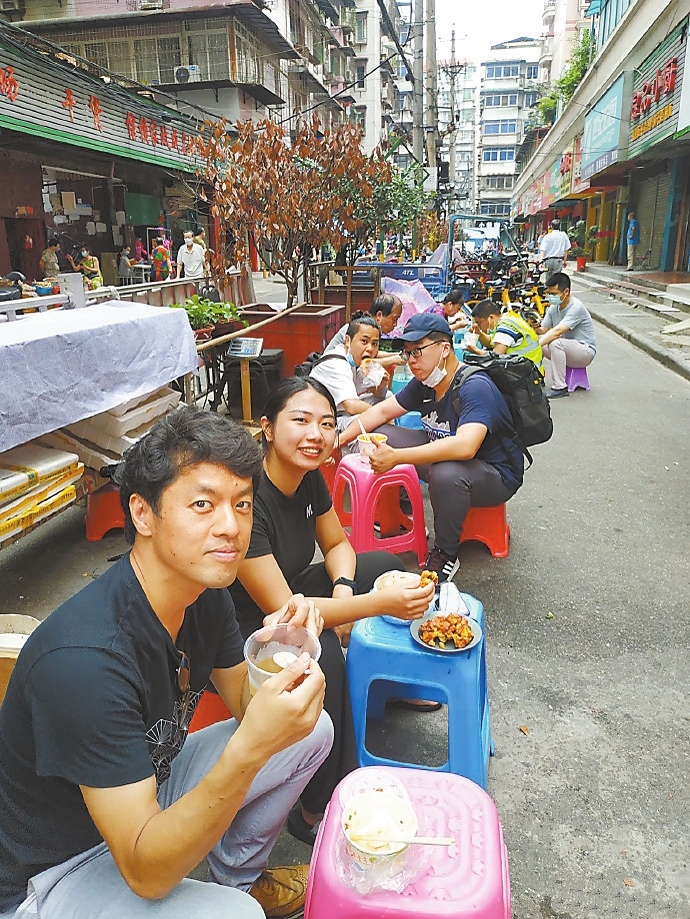
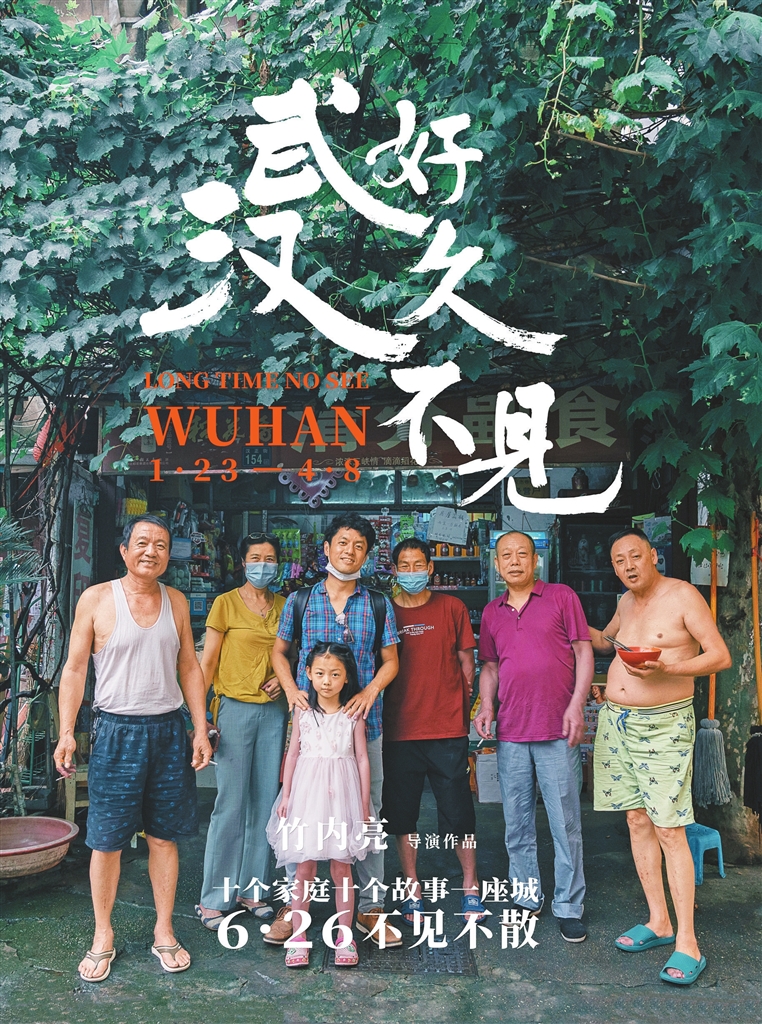
“LONG Time No See, Wuhan,” a documentary featuring 10 stories of 10 families in Wuhan, the capital of Central China’s Hubei Province and the hardest-hit region in China by COVID-19, was viewed more than 25 million times in its first 24 hours online June 26. The film was directed by Ryo Takeuchi, a Nanjing-based director from Japan. “I thought people would be impatient to watch an hour-long documentary, however, after I uploaded it to major online video platforms in China, I found the comments were too many to reply to,” Takeuchi said. On May 15, Takeuchi called for volunteers in Wuhan to share their life experiences in the outbreak on China’s social media Weibo. After two weeks’ preparation, Takeuchi went to Wuhan with his team to interview 10 selected families. “Actually, I was thinking about visiting in January and February since there were many rumors about the city, but counterviews appeared saying the city was still dangerous, so I am grateful that I could visit the city after waiting for four months,” Takeuchi said. On June 1, the team arrived in Wuhan, and without any preconceived notions, they started to film. “In my imagination, people would still be nervous after suffering such a big incident, but when I arrived, I found everything was in order and after my identification was checked, I had no trouble getting into the city,” Takeuchi said. “At night, when we were out for a late snack, we found many people were there, eating happily together, and it was this time I was finally convinced that the city is safe,” he added. Though the situation is getting better in Wuhan, Takeuchi still found influences brought on by the virus. The words of the first man he interviewed were, “Don’t worry. I have done the nucleic acid test, and it is negative.” As shooting progressed, Takeuchi found the interviews went really smoothly. Many people wanted to assist or drive them around for free, and the hotel offered the group guest rooms for the lowest price. “I have shared my feelings on Weibo that I like this city more day by day,” Takeuchi said, adding that during the shoot, he found many people they met were happy and the city is thriving. One of the team members said she was impressed by the optimism of the people in Wuhan, and after she saw an old man swimming across the Yangtze River, she promised to introduce all the good things happening in the city to more people and recommend all of her friends to visit Wuhan. Takeuchi has been in Nanjing, capital of East China’s Jiangsu Province, for seven years, and has made two documentaries about Nanjing’s COVID-19 battle and how Nanjing is reviving after the virus outbreak. Both documentaries went viral in Japan. Many people said that the documentaries are “more objective than TV networks in Japan.” On April 3, Takeuchi and his Chinese wife Zhao Ping donated their videos to the Nanjing Archives Bureau as a persisting memory of the city. “I saw some reports smearing or lying about China. I hope the media and people from other countries see China’s efforts in preventing the epidemic from an objective perspective,” Takeuchi said. Born in 1974, Takeuchi came to China to shoot a documentary about mahjong when he was 23. Later in 2010, he spent one year in China shooting the Yangtze River for NHK. He traveled 6,300 kilometers from Qinghai to Shanghai along China’s longest river. Before his documentaries about China’s battle against COVID-19 became popular, Takeuchi has been known by many with his efforts to introduce stories between China and Japan. His documentary series, “The Reason I Live Here,” shows stories about Chinese living in Japan and Japanese living in China. His channel now has more than 600,000 subscribers on Bilibili, a Chinese live-streaming platform. “The Reason I Live Here” now has about 200 episodes and audience members have praised its down-to-earth storytelling style. Fans love to make jokes and interact with the director. Takeuchi’s studio is not big and he does not have much sponsorship for his work. However, Takeuchi said that he would continue to record ordinary people’s lives. (China Daily, Global Times) | 
